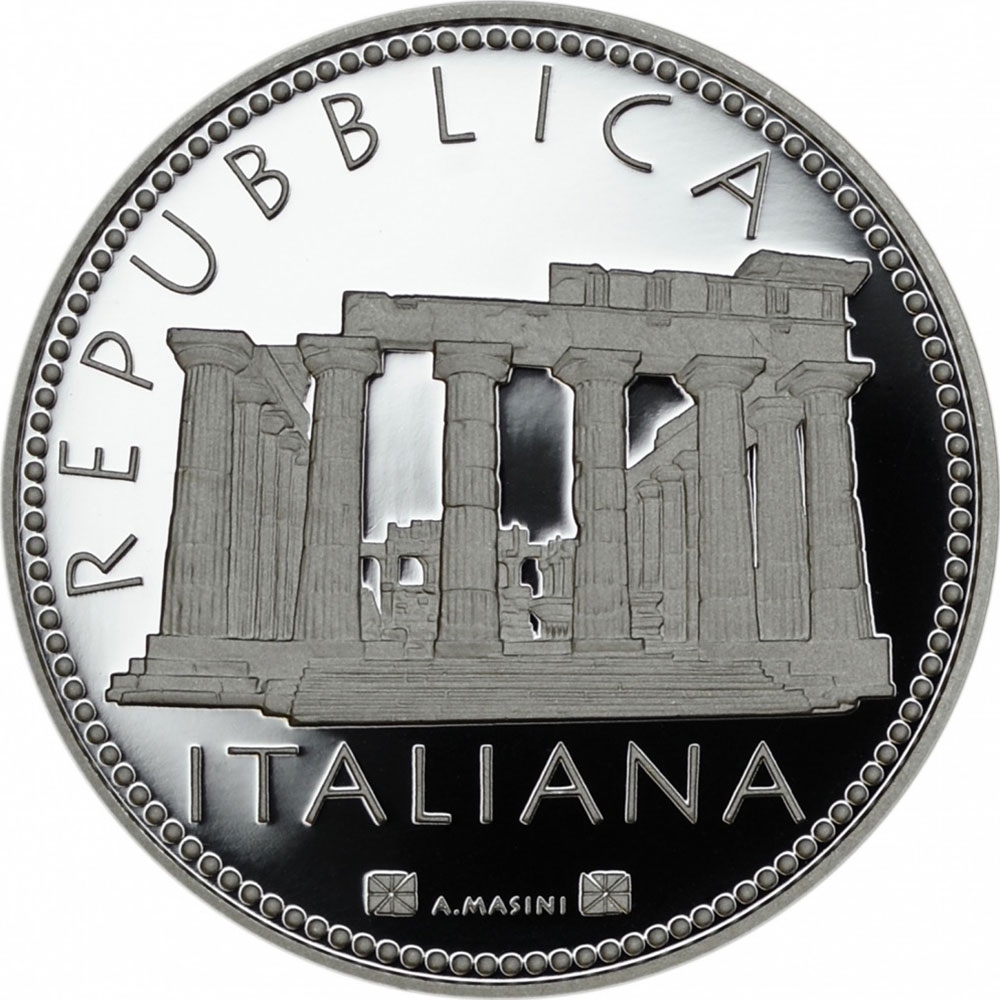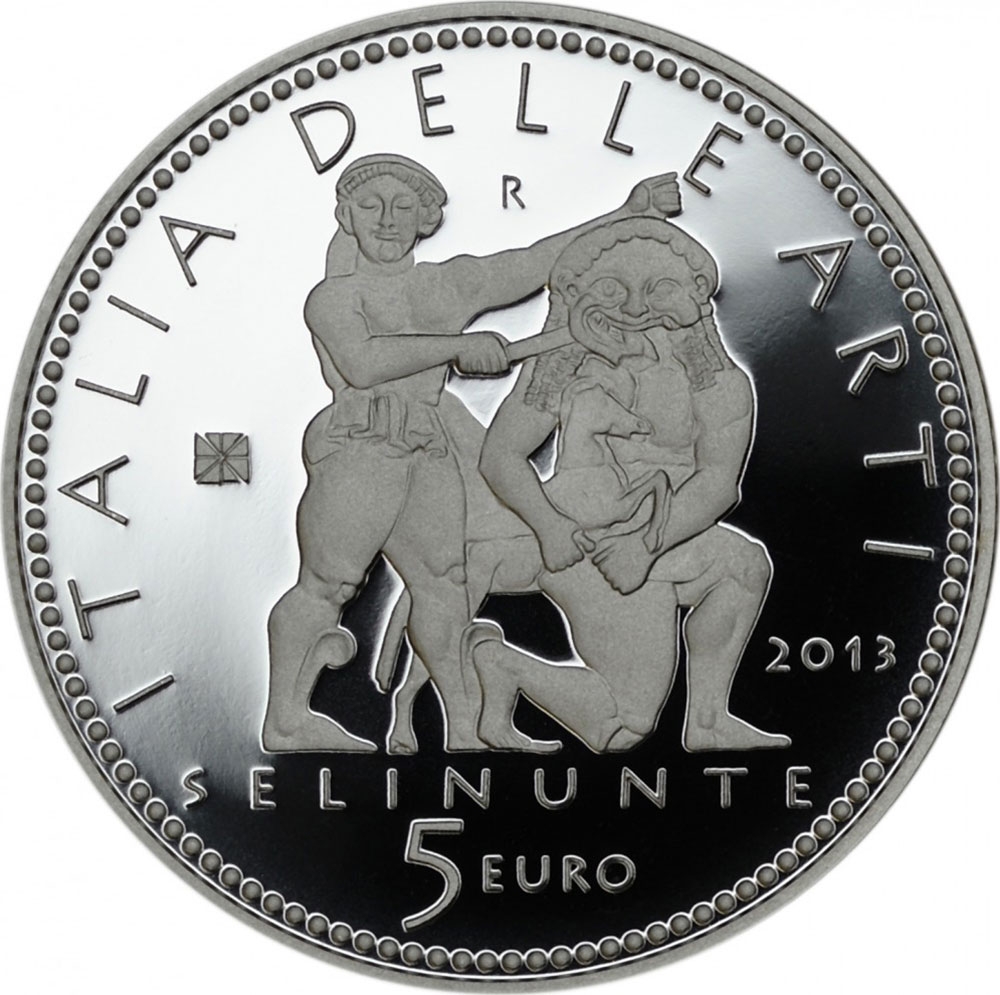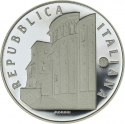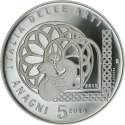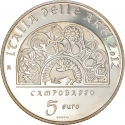You are about to finish your registration. Please check your mailbox (including spam folder). There should be a letter with a confirmation link. Check setting to make sure that your e-mail address is correct.
Send letter againDescription
Selinunte was a rich and extensive ancient Greek city on the southwestern coast of Sicily in Italy. It was situated between the valleys of the Cottone and Modione rivers. It now lies in the comune Castelvetrano, between the frazioni of Triscina di Selinunte in the west and Marinella di Selinunte in the east.
The archaeological site contains many great temples, the earliest dating from 550 BC, with five centred on an acropolis. At its peak before 409 BC the city may have had 30,000 inhabitants, excluding slaves. It was destroyed and abandoned in 250 BC and never reoccupied.
Artist: Annalisa Masini
Obverse

|
Depicts the Temple of Hera at Selinunte (Temple E); below the name of the engraver between two details from the reverse of an incuse Greek coin. REPUBBLICA |
|---|---|
Reverse

|
Depicts a metope detail of the Temple C of Selinunte, representing the myth of Perseus and the Medusa dated 5th Century B.C. (now in Palermo, Regional Archeological Museum). Above it the mintmark (R); on the left, detail from the reverse of an incuse coin, the same of the obverse; at right the date. The value is in exergue. ITALIA DELLE ARTI |
| Edge |
5 Euro
Italy of Arts
Selinunte - Sicily
Subscribe series
KM# 361
Italy of Arts
Selinunte - Sicily
